Jamie Morgan on the next-gen of Buffalo kids

The legendary photographer’s latest exhibition, Buffalo: Future Generation, is a radical take on diversity, self-expression and sticking right out – Buffalo style.
It’s no surprise that Jamie Morgan’s always on the lookout for something, or someone new: a look, attitude, or style.
In the early 1980s, Morgan, along with legendary stylist Ray Petri, co-founded Buffalo, the disruptive London style movement that clashed genders, age, cultures and references, resulting in a radical take on self-expression. Their images were defined by non-conformity: traditional masculinity was challenged through skirts and lippy, hard, steely faces full of attitude, kids in grown-up tailoring, far removed from the ’80s aesthetic of overt glamour and tradition.
Alongside photographer Mark Lebon, artist Barry Kamen, musician Cameron McVey and stylist Judy Blame, the movement became a collective continuation of the previous decade’s punk-ish spirit, leaving its mark on every cultural style bible of today (not least this one).
Now, Morgan, in his 60s, is focusing on the next gen. His latest exhibition, Buffalo: Future Generation at Ladbroke Hall, West London, is an ongoing reprisal of his seminal work, featuring 150 kids, photographed straight-up, styled by Kimi O’Neill, and found either through street-casting (the old Buffalo method), or friends-of-friends (Morgan’s got plenty – the children of Kate Moss, Ozwald Boateng, and Martine Rose all appear in the show).
For a photographer like Morgan, who has shot some of Britain’s biggest characters – Boy George, Steve Strange, Neneh Cherry – the process of casting for an exhibition of this size is a bit like working out a puzzle. “There’s a few different levels,” he explains, Zooming in from his home in West London. “Are they a bit rock and roll? Are they disco? What character are they? Where do they fit in the world? You’re led by them and who they are.” Which is tricky when most of the subjects are below 16 – an age when you’re only just beginning to figure out who you are.
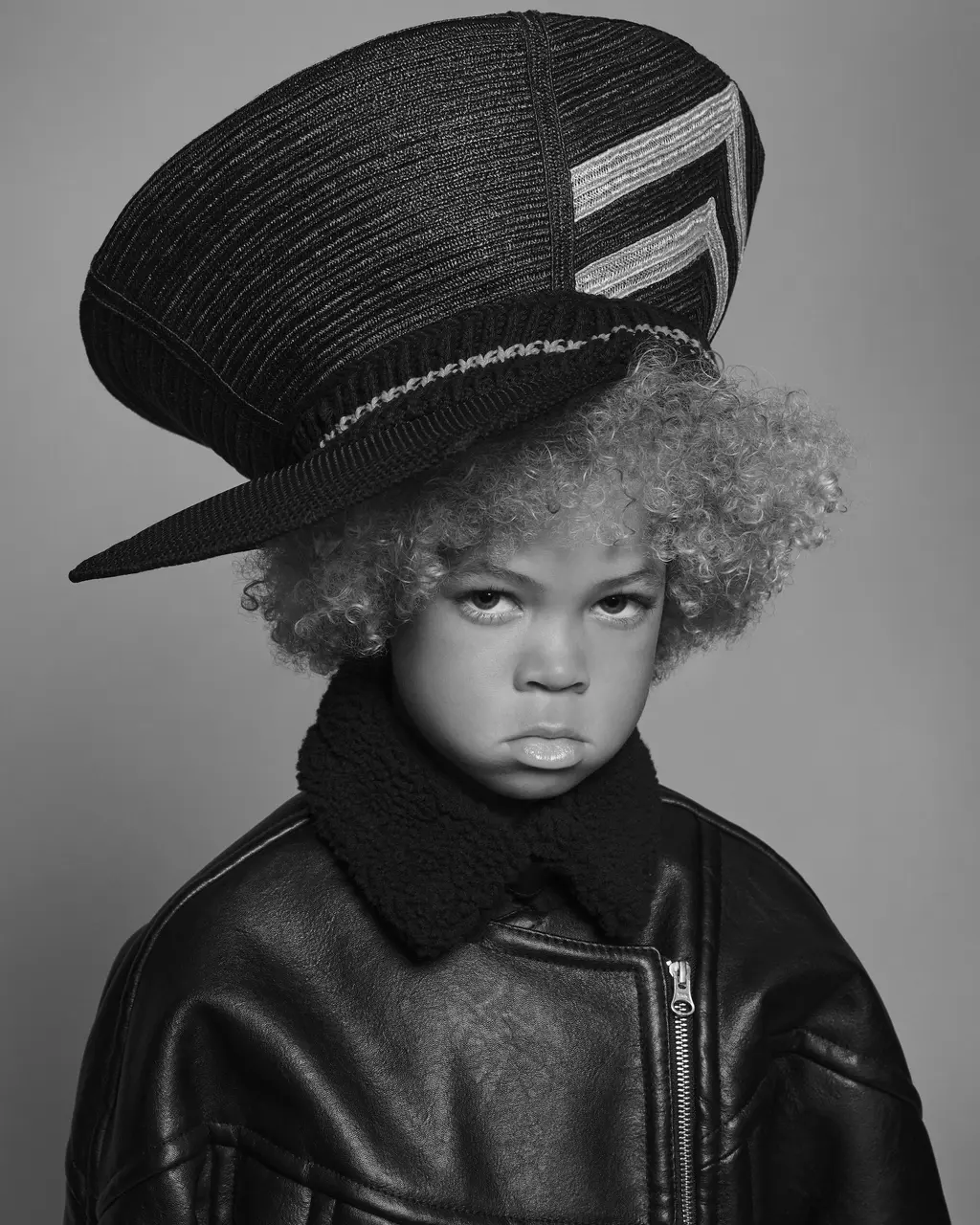
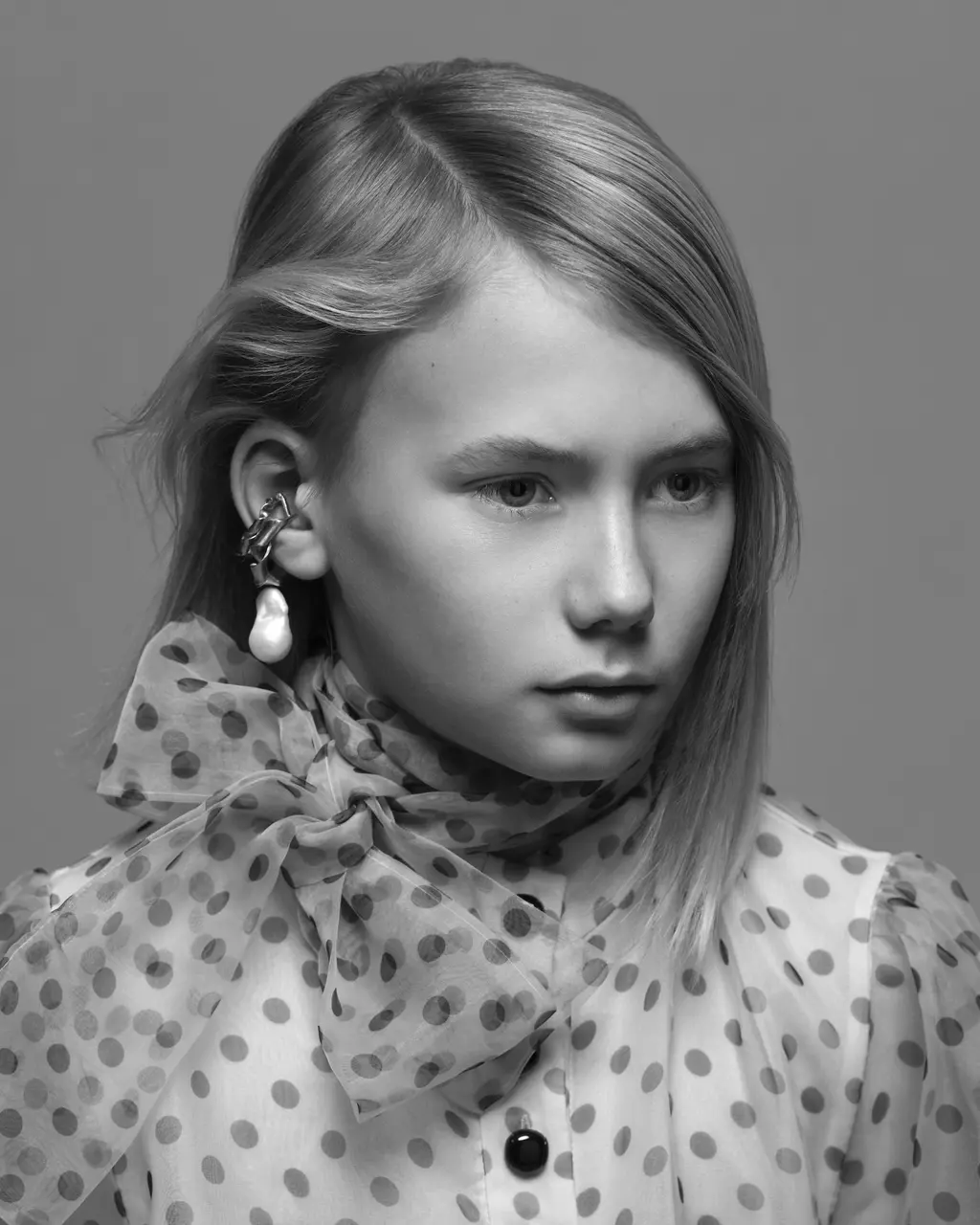
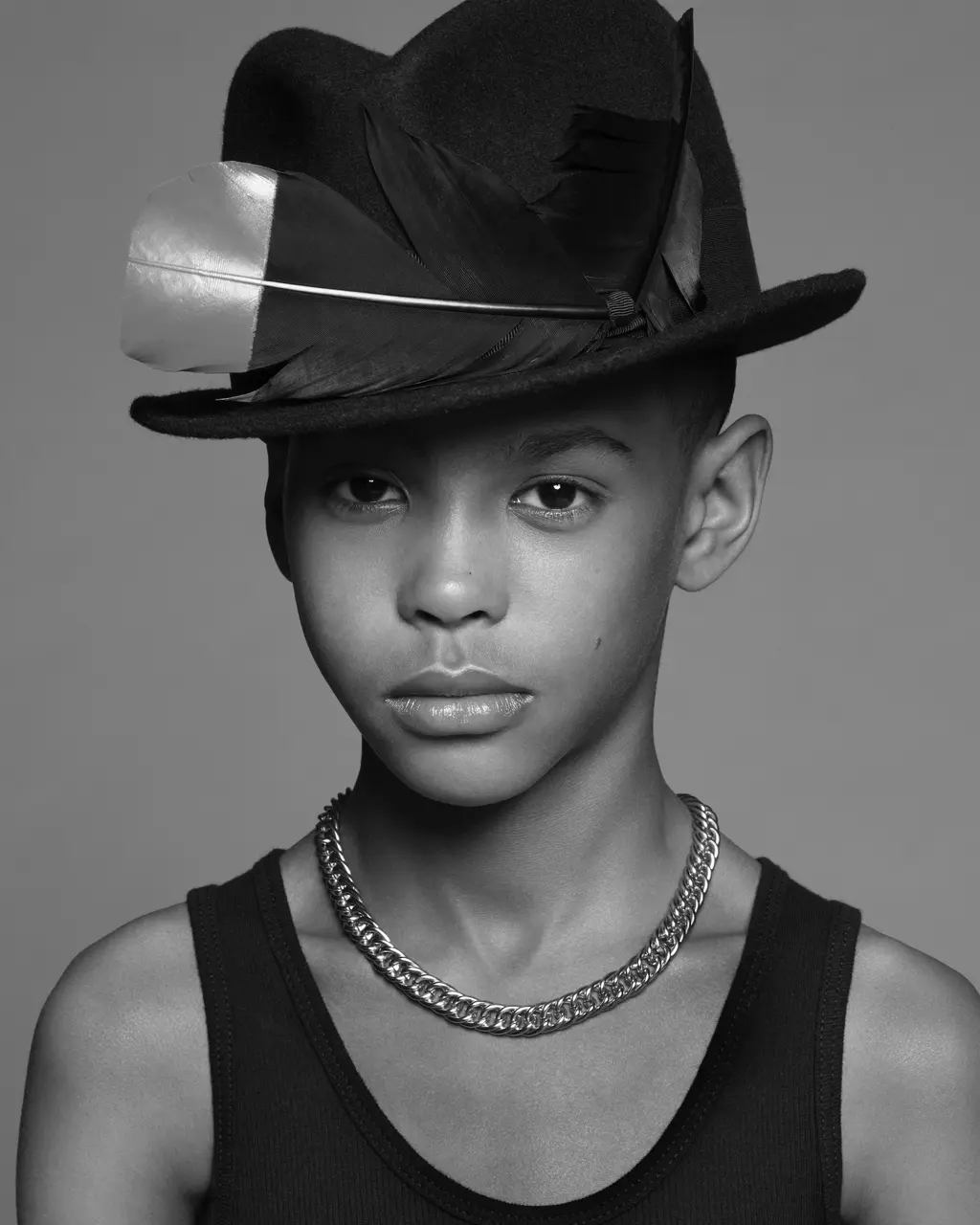
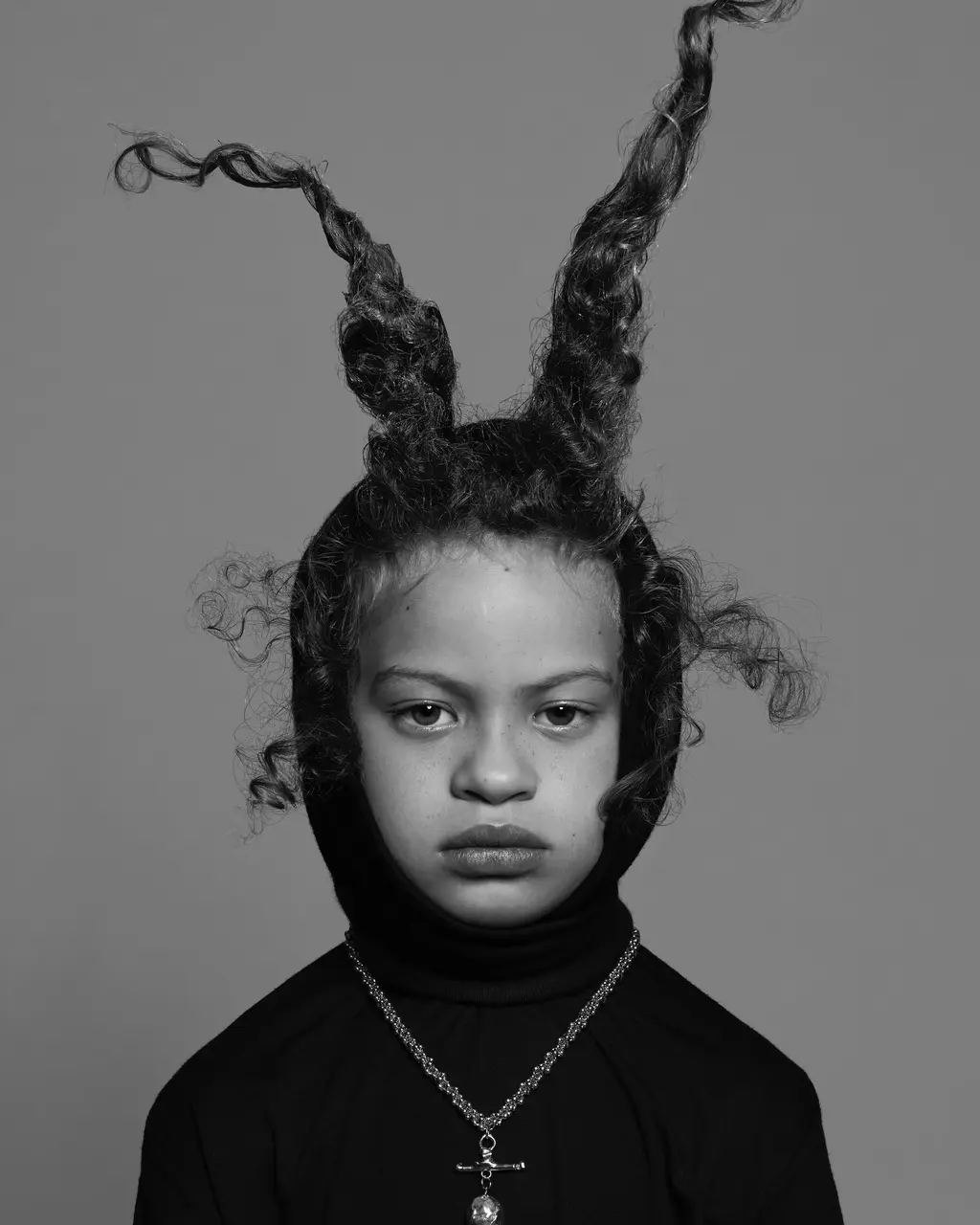
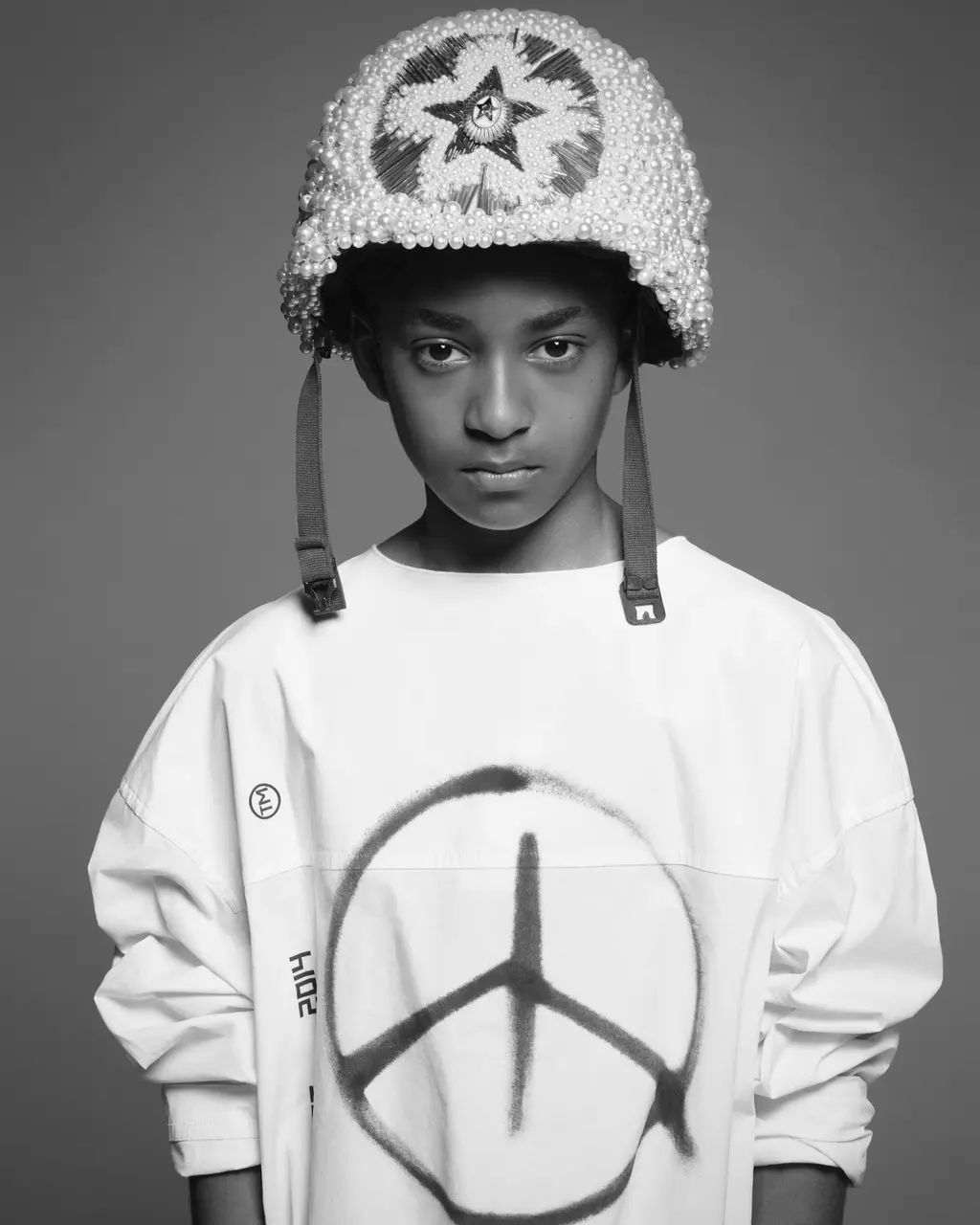
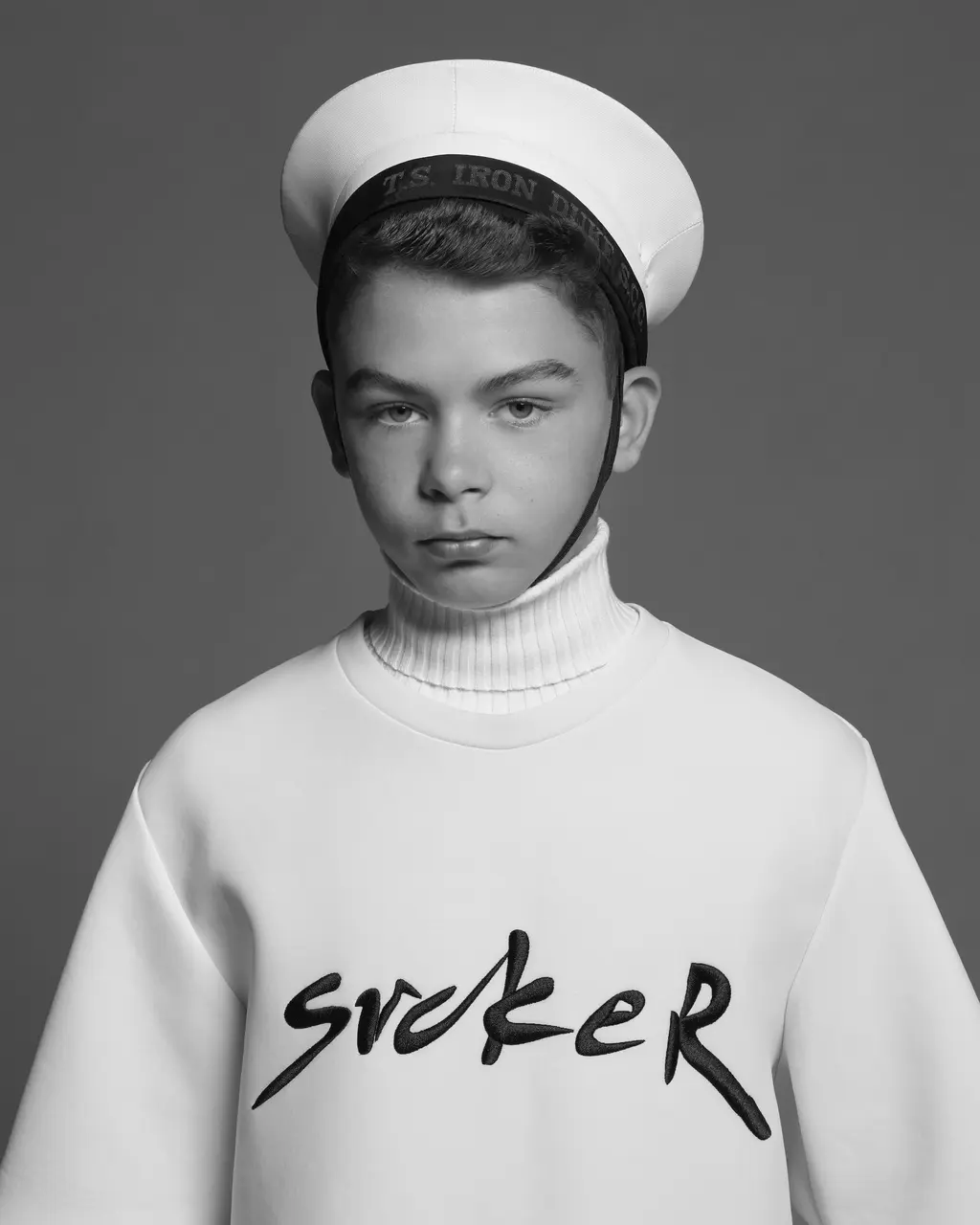
“I went to younger people because they haven’t got their ‘thing’ yet,” Morgan says. “They’re becoming aware of who they are and so, with this process, I find a bit of them that is their essence, whether it’s that they’ve got long blonde hair or an afro. They’re beginning to find the ways they present themselves to the world.”
Morgan’s always been hell-bent on representing the people around him: gender-bending androgyny, a mixed-bag of ethnicities, sexualities and genders. That style of thinking has only in recent years begun to truly filter through into the mainstream. What’s taken everyone so long?
“I was always confused as to why that wasn’t the norm!” he says. “To me, in the life I led and the people I saw, that was normality. But they didn’t really have a platform. In a way, we helped with that platform.”
Not that it was ever intended as some sort of political statement. “I understand [diverse, inclusive casting] needs to be put in place for minorities,” he says. “People have been so downtrodden. But when I do it, it’s purely because a person is beautiful, or interesting. It’s a very, very natural process.”
Morgan’s latest exhibition proposes a future generation. One that’s diverse and beautiful, sure, but also laced with the kind of attitude of expression that made his own so wickedly transgressive.
“My son is 11, and I see him looking in the mirror combing his hair one way, then the other way and he’s saying: ‘Look dad, I can look like this!’” Morgan says. “That is the power of self-expression.”
The future’s safe in their hands.
Buffalo: Future Generation is at Ladbroke Hall, West London until 15th July.







